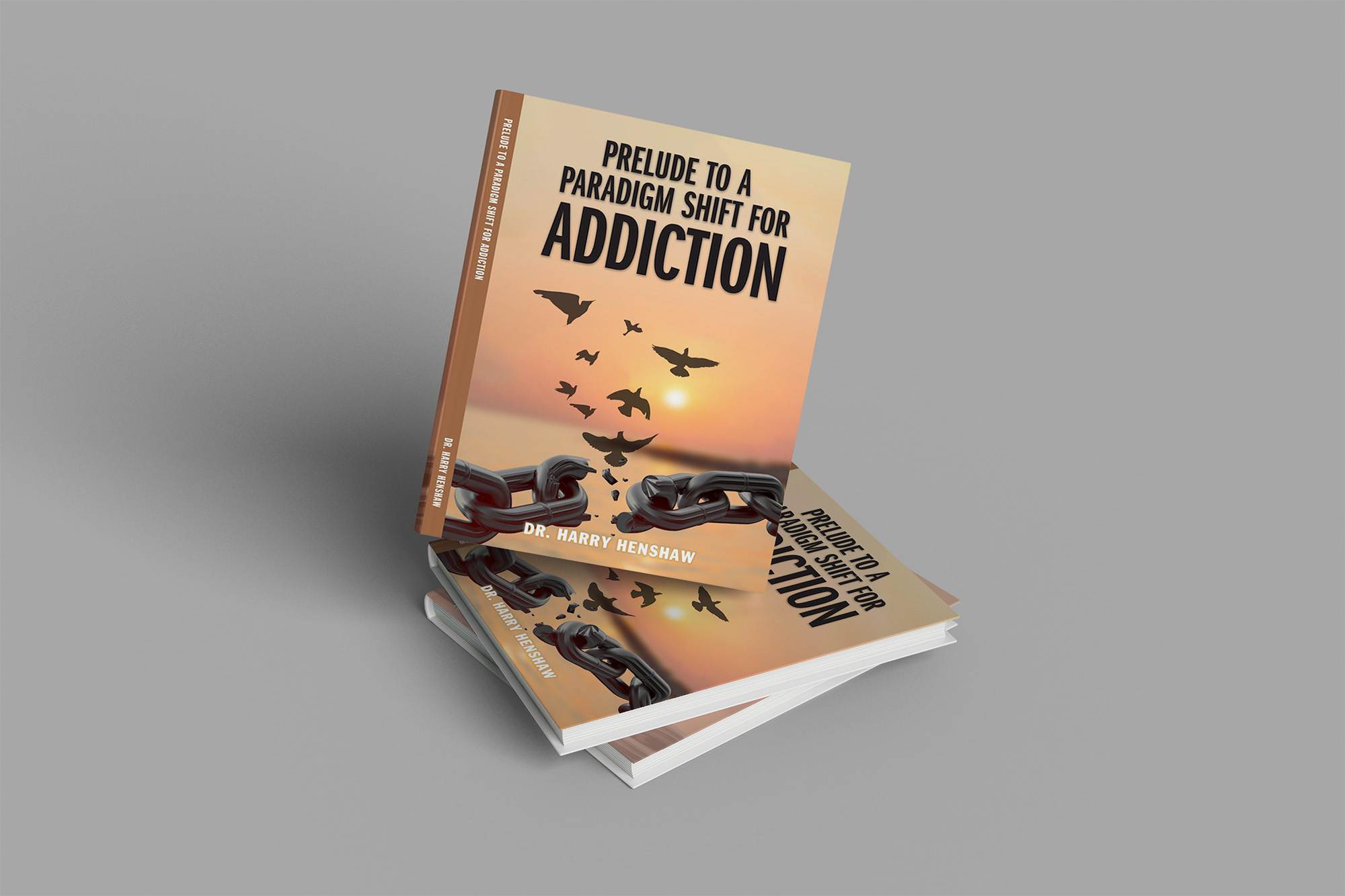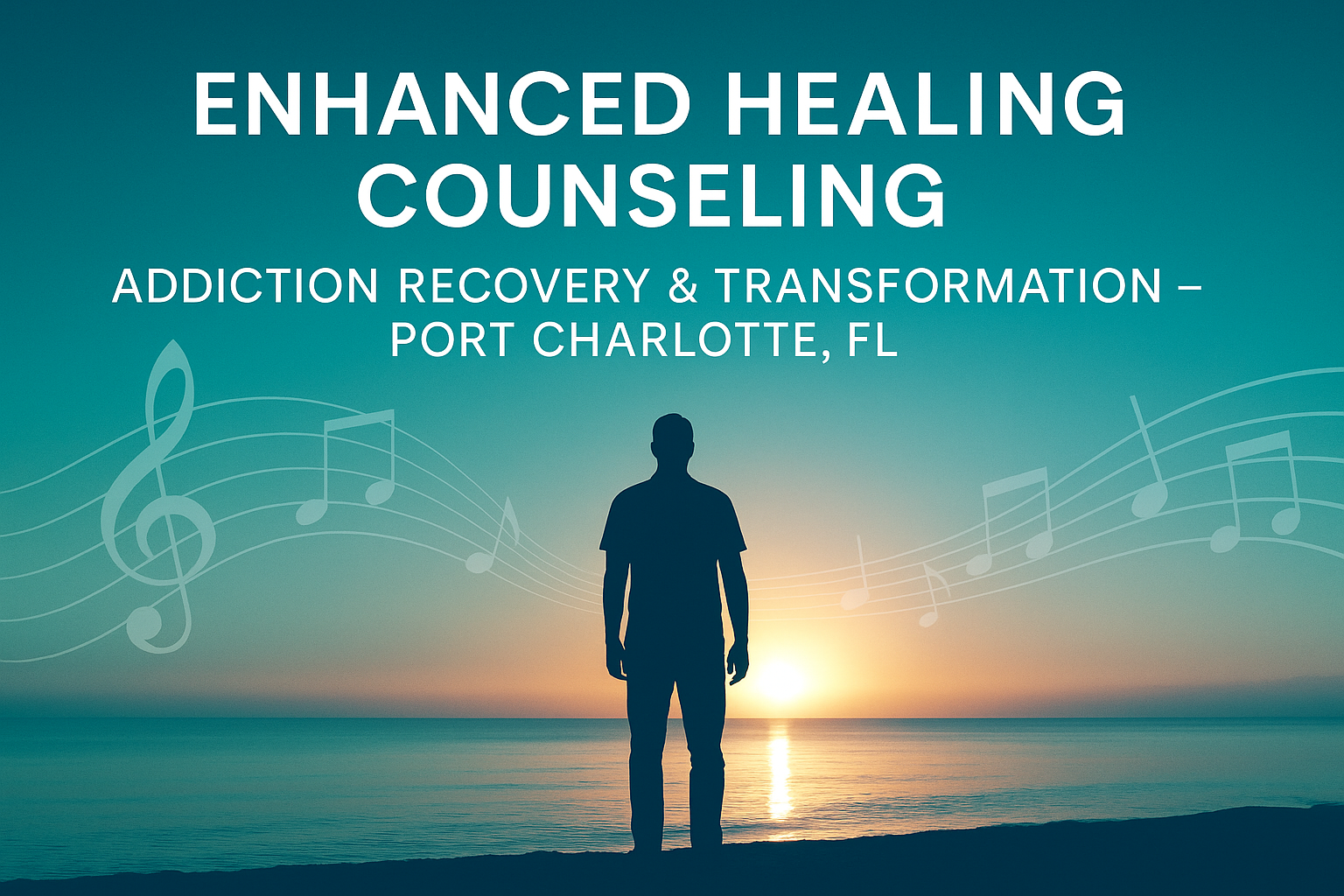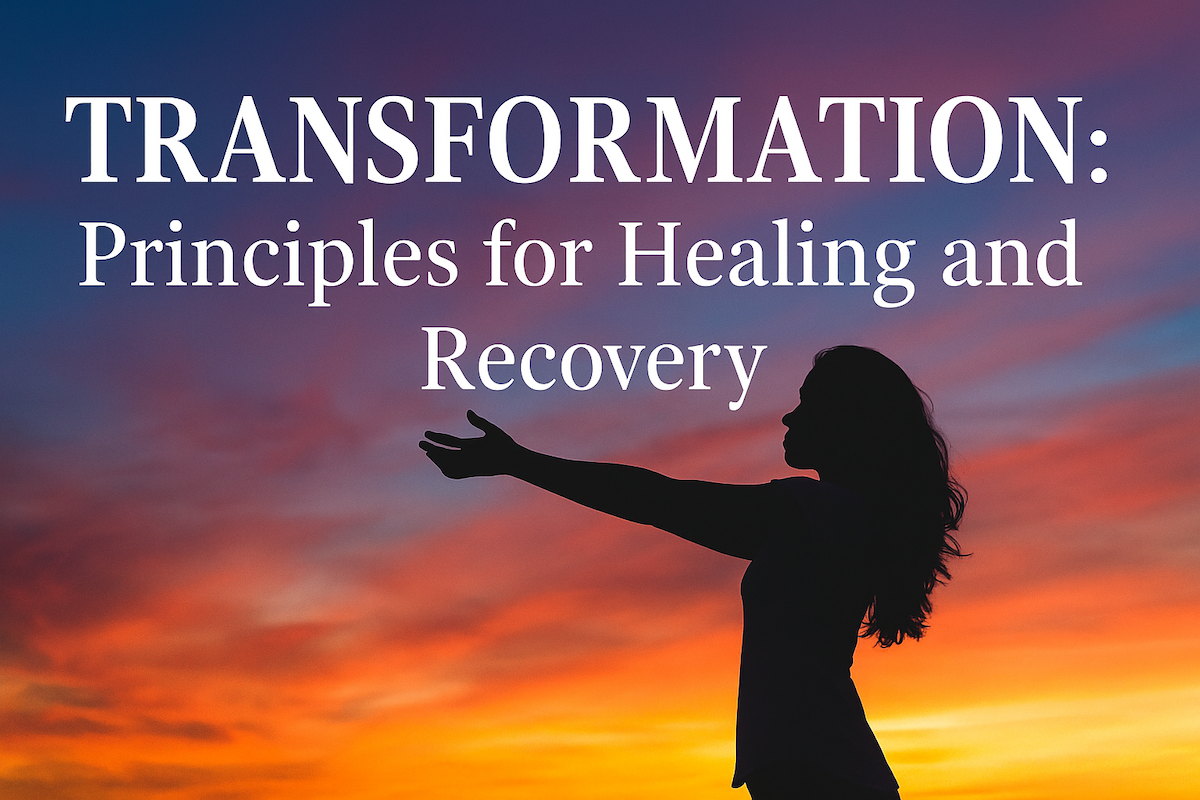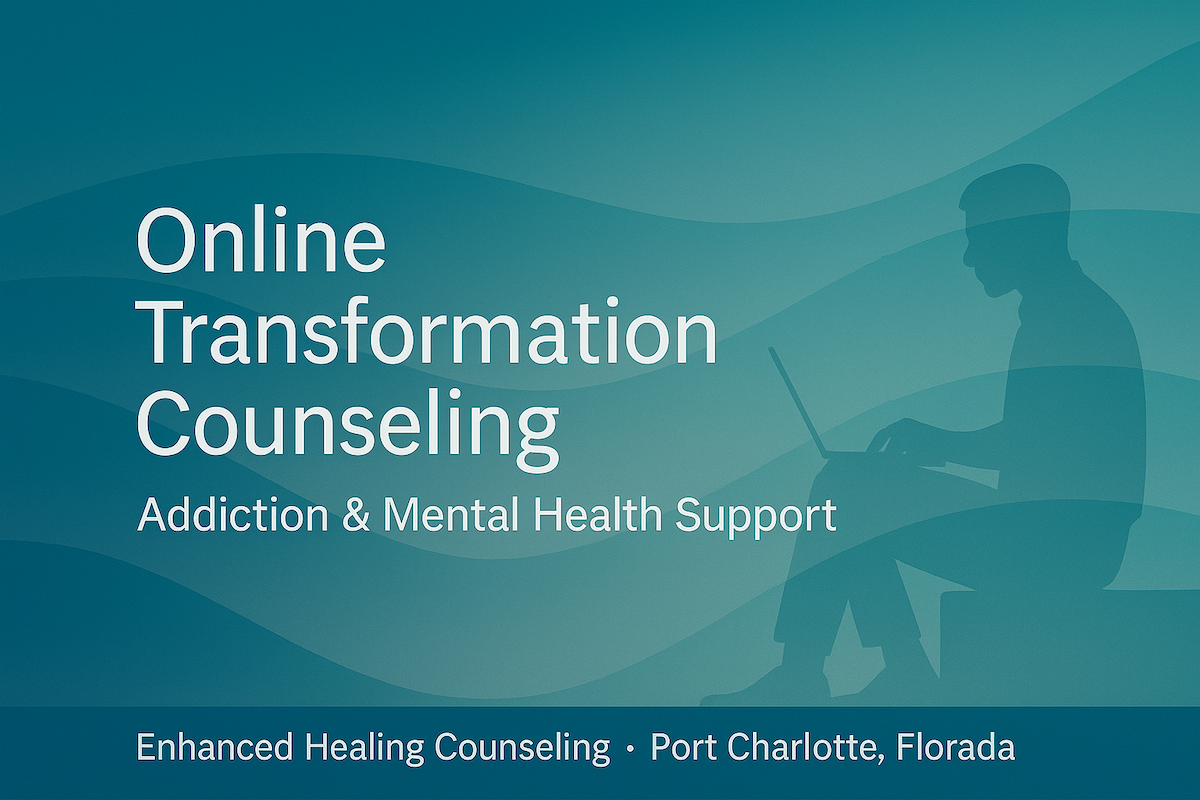Table of Contents
For decades, the treatment of addiction has been shaped by models that, while well-intentioned, often fall short of delivering true healing. These models tend to focus on external substances or behaviors, emphasizing control, abstinence, or even pathologizing addiction as a chronic disease. Yet, the deeper truth lies not in what individuals consume or how often—but in how they view themselves. The real battleground is internal. Addiction is not primarily about drugs or alcohol; it is about the self-image that drives a person to reach for them.
At the heart of this new paradigm is a radical yet profoundly simple truth: the goal of addiction treatment must be the transformation of self-image. When individuals shift from believing they are broken, unworthy, or not good enough to recognizing themselves as whole, valuable, and lovable, the compulsion to use substances dissolves. The craving, once rooted in emotional pain and self-rejection, fades naturally. This is the essence of true healing—transformation from within.
Addiction Is a Symptom, Not the Cause
The vast majority of individuals who struggle with addiction share a common, often hidden thread: a deeply ingrained negative self-image. They carry with them a persistent, internal narrative whispering that they are unworthy, inadequate, or defective. These beliefs, usually formed in early life through experiences of trauma, neglect, or criticism, live on in the subconscious mind—shaping thoughts, emotions, and behaviors.
Substances become a means of escape. They provide temporary relief from the unbearable emotional weight of self-rejection. When someone uses drugs or alcohol, they are often not seeking pleasure but rather seeking relief—from their own thoughts, from their own self-image, from their own emotional pain. The substance is not the problem. It is the symptom. The true problem lies in how they see themselves.
Healing Begins with Self-Awareness
One of the first breakthroughs in this approach to treatment involves helping clients become consciously aware of their thoughts—especially the beliefs they hold about themselves. Most people, especially those caught in addiction, are unaware of how their thinking patterns shape their emotional experiences. They feel the anxiety, depression, or shame but don’t realize that these emotions are being generated by negative, often unconscious, thoughts.
In treatment, the process begins by distinguishing thoughts from emotions. This awareness empowers clients. When they realize that they are not victims of random feelings but creators of their emotional world through thought, they reclaim agency. They begin to understand: “If I can change how I think, I can change how I feel. If I can change how I feel, I can change how I act.”
The Illusion of a Physical Cause
Another common misconception—shared by many clients and even some professionals—is the belief that emotions originate in the body. Because emotions are felt physically (tightness in the chest, a pit in the stomach, tension in the shoulders), people often assume they come from physical causes. But this is an illusion. Emotions are generated by thought and experienced in the body, not the other way around.
This misunderstanding leads to a misguided search for physical solutions to emotional problems—drugs, alcohol, prescriptions, or even blaming the brain’s “chemistry.” But true healing does not come from managing symptoms; it comes from transforming the source. That source is the mind—the patterns of thought and belief that live within.
The Mind as the Root of Addiction
The real cause of addiction lies in the mind. More specifically, it lies in the beliefs and thought patterns that define an individual’s self-image. If someone believes they are not good enough, if they see themselves as unlovable or broken, those beliefs will manifest in painful emotions—and those emotions will drive behaviors of escape and self-sabotage.
The solution, then, is not merely to remove the substance. The solution is to help the individual see themselves differently—to implant the belief that they are, in fact, whole, worthy, and enough. As the late Louise Hay once said, we must come to see ourselves as “perfect, whole, and complete.” Only from this place of inner truth can real healing take place.
Facing Resistance: A Gateway to Transformation
Unsurprisingly, many clients resist this new way of thinking—especially early in treatment. They have spent years, even decades, believing that their addiction was caused by external factors: trauma, bad influences, stress, or the addictive power of drugs themselves. They may even identify with the disease model of addiction, believing they are powerless over their behavior.
This resistance is not failure. It is a natural part of the transformation process. Resistance arises from old thought patterns trying to maintain control. It is the ego’s attempt to protect itself from change. But within that resistance lies opportunity. When clients are encouraged to confront their beliefs, challenge their narratives, and examine the assumptions they’ve made about themselves, a space opens up—a space for breakthrough, healing, and growth.
Self-Image and Self-Esteem in Counseling
In this model of treatment, self-image becomes the core focus of counseling. It is the primary lens through which progress is measured and achieved. Self-image refers to the way a person thinks about themselves—their internal dialogue, beliefs, and perceptions. Self-esteem, on the other hand, is how those beliefs make them feel.
Treatment begins by exploring the client’s current self-image. What do they believe about themselves? What messages did they internalize growing up? As these beliefs are identified and challenged, new, more affirming beliefs are introduced. This leads to an organic improvement in self-esteem, which in turn results in more positive behaviors, healthier choices, and a deeper sense of self-respect.
Behavior is a key indicator of progress. When someone begins to treat themselves with care, respect, and love—when they eat well, rest, set boundaries, and engage with others more compassionately—it reflects an internal shift. These changes are not forced; they are the natural outcome of a transformed self-image.
A New Therapeutic Conversation
This paradigm invites a new kind of therapeutic conversation—one centered not on the substance or external issues but on the internal landscape of the mind. Clients are asked not just what happened to them, but what they believe about themselves. They are guided to see that while they may not have chosen their past, they can choose their future.
A central question becomes: “Why do you use drugs or alcohol?” Initially, clients may respond with stories of trauma, loss, or hardship. While these are important, they are not the root cause. The deeper answer—the uncomfortable truth—is that addiction is often an unconscious form of self-destruction. It is a way of saying, “I don’t love myself.” This truth, while confronting, is liberating. It opens the door to real change.
Planting the Seed of a New Thought
Once this truth is introduced—that addiction stems from a lack of self-love—it cannot be unlearned. Even if rejected at first, the idea begins to take root. It challenges the old belief system and creates an internal tension that pushes the client toward transformation.
The question lingers: “If I truly loved myself, would I do this to my body?” Over time, the answer becomes clear. And with that clarity comes the birth of a new desire—not just to stop using, but to begin healing. This is the seed of transformation.
Awakening to Self-Love
Eventually, the individual reaches a pivotal moment: the recognition that they have not truly loved themselves. This realization, while painful, is the turning point. For the first time, the client may ask, “How do I begin to love myself?”
From this point forward, treatment is no longer something being done to them—it becomes something they are actively engaged in. The journey becomes a personal quest for self-love, self-respect, and self-acceptance. Resistance fades, and willingness emerges. Transformation begins in earnest.
The Difference Between Knowledge and Wisdom
One of the most important distinctions in this model is the difference between knowledge and wisdom. Knowledge is understanding the principles of healing. Wisdom is living them. Knowing that thoughts shape emotions is knowledge. Choosing to think differently, consistently, is wisdom.
Many people collect knowledge but never act on it. They read books, attend sessions, nod their heads in agreement—but continue the same behaviors. Transformation only happens when knowledge is applied. Wisdom is where the real work begins.
The Two Phases of Treatment: Knowledge and Wisdom
In the early stages of treatment, clients are introduced to foundational principles: responsibility, choice, forgiveness, affirmations, presence, and personal power. These ideas form the “transformation matrix”—a framework for understanding healing.
This is the knowledge phase. It involves reading, listening, reflecting, and learning. But as treatment progresses, clients are encouraged to move into the wisdom phase—where they begin living the principles they’ve learned. They take action, make new choices, and embody the truths they’ve come to understand.
Recovery, in this sense, is not a static goal but a dynamic process—a lived experience of personal evolution.
Reprogramming the Subconscious Mind
True healing requires more than conscious change. It requires reprogramming the subconscious mind—the deeper mental operating system that stores beliefs, habits, and emotional responses. This is where the old self-image resides—and where it must be transformed.
Through affirmations, mirror work, visualization, and repetition, clients begin to reshape their subconscious programming. It’s not quick work. These beliefs have often been in place for decades. But with consistency and emotional engagement, they begin to shift.
As the subconscious mind aligns with the conscious intention to heal, the individual experiences deeper freedom, clarity, and peace.
Working with Resistance
Resistance is inevitable. But in this model, resistance is not a sign of failure. It is a signal that growth is happening. It is the mind’s way of defending the old—and later, the new. At first, resistance tries to keep the individual stuck. But as transformation takes hold, resistance begins to protect the new self-image from being undermined.
Therapists and clients learn to welcome resistance as part of the journey. Rather than fighting it, they listen to it. What is it trying to protect? What fear is hiding underneath? With compassion and patience, resistance becomes a teacher and an ally.
The Daily Health Plan: A Tool for Empowerment
To support this internal transformation, every client creates a Daily Health Plan—a practical roadmap for living the principles of healing. It’s more than a checklist. It’s a personal commitment to growth, self-care, and conscious living.
The plan begins on day one and continues after treatment ends. It includes rituals, goals, affirmations, and self-reflections. It keeps clients accountable and focused. Most importantly, it helps them build the habits and mindset necessary for long-term transformation.
Conclusion: Recovery Is a Return to Self
Addiction is not a moral failure, a disease, or a lifelong sentence. It is a symptom of a deeper pain—a reflection of how a person sees themselves. Healing does not come from controlling behavior but from changing belief. The goal is not simply abstinence; the goal is wholeness.
This new paradigm in addiction treatment offers hope, clarity, and empowerment. It invites individuals to reclaim their lives by reclaiming their self-image. It shows that when people learn to love themselves—authentically and fully—the need for substances disappears.
Recovery, then, is not just about sobriety. It is about returning home—to the truth of one’s inherent worth and the joy of living from that place.

Get Free from Addiction!
Discover a groundbreaking perspective on addiction recovery. Click below to buy Prelude to a Paradigm Shift for Addiction and explore innovative solutions to transform the way we understand and treat substance use disorders.
About Enhanced Healing
Enhanced Healing Counseling specializes in addiction recovery, mental health, and self-esteem support. Offering online and in-person services, we empower individuals to transform their lives with personalized care and proven therapeutic methods.



